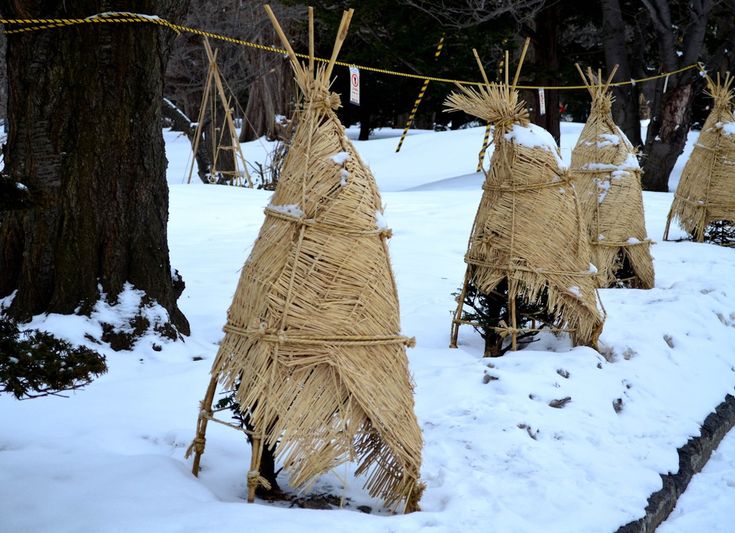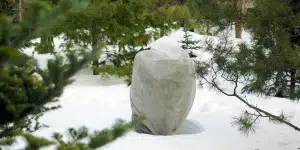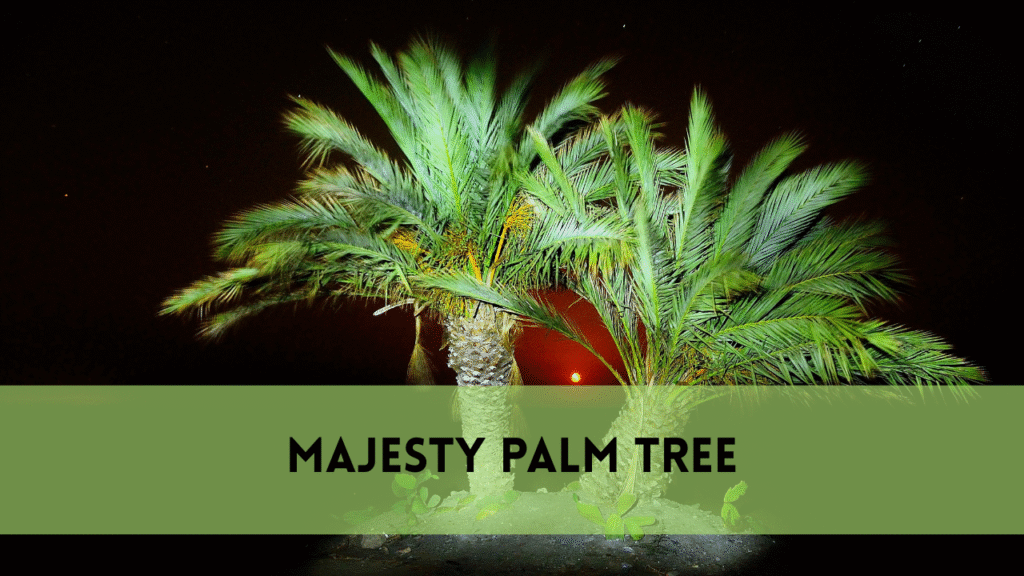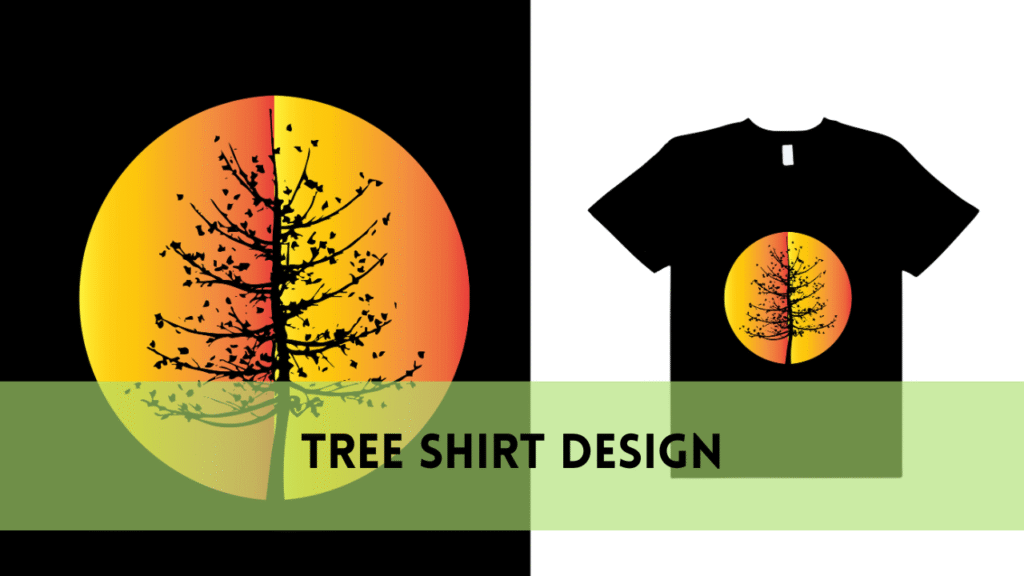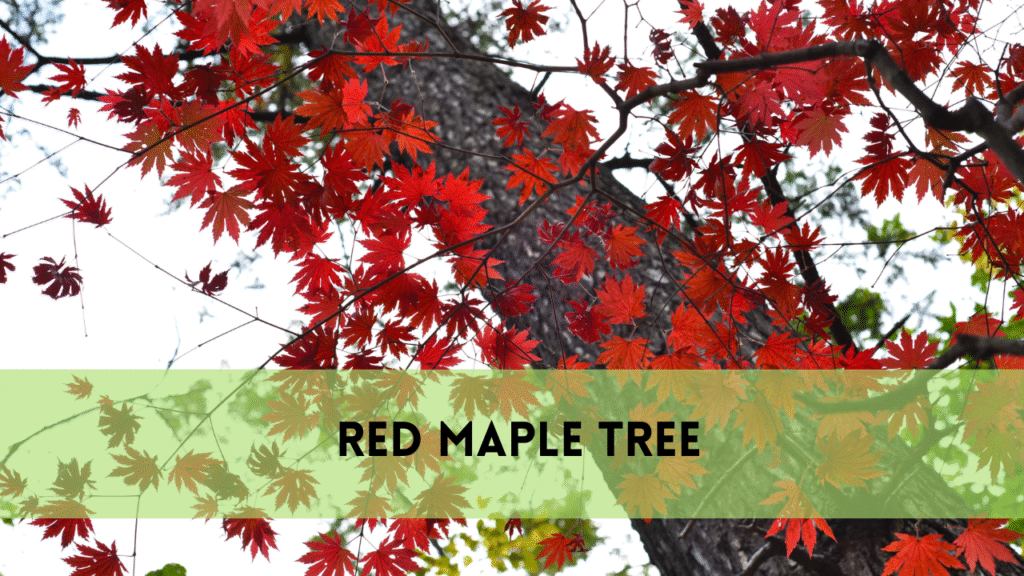Winter tree protection in Houston
Winter in Houston presents unique tree care challenges due to intermittent frost and weather variations. Protecting trees during this season is critical for their health and resilience to cold stress. At Crosby Arborist, we specialize in offering expert advice on winter tree protection in Houston.
Winter tree protection in Houston
Environmental Factors Affecting Winter Tree Health
Soil Management
Houston’s soil composition varies by area, influencing water retention and nutrient availability. Conduct soil testing to determine pH levels and nutrient shortages, and then amend the soil as needed to establish the best conditions for tree development and resilience.
Wind Protection
Strong winter winds can aggravate cold stress in trees by increasing evaporation and chilling effects. Consider erecting windbreaks, such as fences or hedges, to limit wind exposure and protect sensitive trees in open areas.
Species-Specific Considerations
Native versus non-native species
Houston’s native trees, such as live oaks and magnolias, are well-adapted to local temperature variations. Non-native plants, such as citrus trees and tropical palms, require particular care during the winter months to avoid cold damage. To design protection measures, research the unique requirements of each tree species in your area.
Cold-hardy varieties
Choosing cold-hardy tree varieties suitable for Houston’s environment can reduce the need for substantial winter protection. Consider planting species such as bald cypress, cedar elm, or yaupon holly, recognized for their ability to endure colder temperatures and adjust to local soil conditions.
Understanding Winter Tree Care Needs
Climate Considerations
Houston’s subtropical climate means winters are usually warm, but occasional cold snaps can endanger fragile trees. Understanding local climatic trends allows you to anticipate and prepare for temperature swings that impact tree health.
Tree vulnerabilities
Certain tree species in Houston, such as citrus and tropical palms, are more vulnerable to cold damage because they originated in warmer areas. Proper protective measures are required to reduce the danger of frost damage and keep trees healthy.
Essential winter tree protection techniques
Houston uses the following methods to protect trees during the winter:
Mulching
Mulching is important for protecting the soil and roots from temperature fluctuations. Apply a layer of organic mulch around the base of the trees, extending to the drip line. This helps to control soil temperature and moisture levels, lowering stress on tree roots.
Wrapping and covering
Wrapping young or fragile trees from freezing temperatures and wind chill. It is important to secure the coverings loosely to facilitate air circulation and prevent direct exposure.
Watering Practices
Maintaining adequate water levels during the winter is critical for tree health. While Houston’s winter precipitation is unpredictable, supplement watering during dry spells to ensure trees enter dormancy fully hydrated. Avoid overwatering, which can cause root rot at lower temperatures.
Pruning for winter resilience
Before winter, perform structural pruning to remove dead, weak, or diseased branches. This increases the tree’s overall strength and lowers the chance of limb damage from snow or ice.
Crown Thinning
Thinning the tree’s crown promotes greater air circulation, lowering the risk of fungal infections and ice accumulation. Strategic pruning maintains the tree’s natural shape and enhances its resistance to cold weather.
Monitoring and inspection
Monitoring and inspection are the primary components of winter tree protection in Houston.
Winter Vigilance
Throughout the winter, look for signs of stress or damage to your trees. Look for signs of a cold injury, including discolored leaves, limb drooping, and bark splitting. Prompt detection enables timely intervention to mitigate long-term effects.
Post-Winter Evaluation
After the winter, assess the trees for any remaining damage and alter maintenance procedures accordingly. Examine soil conditions for drainage difficulties, and refill mulch as needed to promote spring growth and recovery.
Integrated Pest Management (IPM)
Winter Pest Concerns
While pests may be less active in winter, certain insects and viruses can still be harmful to tree health. Monitor trees for signs of insect infestation, such as egg masses or fungal development, and implement integrated pest control measures as needed to avoid harm.
Disease Prevention
In the winter, cold and rainy conditions can create ideal conditions for fungal illnesses. Pruning trees improves air circulation and prevents excessive moisture collection around the base. To defend against typical winter diseases such as powdery mildew and anthracnose, apply prophylactic fungicides as needed.
Community engagement and education
Promoting Tree Care Awareness
Engage with local communities and homeowners to promote awareness about the significance of winter tree care techniques. Organize lectures, seminars, or tree-planting activities to educate residents about appropriate tree care and environmental advantages.
Collaborative efforts
Collaborate with municipal authorities, neighborhood associations, and environmental organizations to promote tree preservation and urban greening programs. Collaborative efforts can generate a shared responsibility for improving Houston’s urban canopy and supporting sustainable landscape practices.
Expert Tips for Homeowners
DIY Maintenance
Provide homeowners with DIY maintenance suggestions for winter tree care. Encourage children to regularly evaluate trees for stress signals, monitor soil moisture levels, and use mulch to store moisture and protect roots from temperature swings.
Professional Consultation
Encourage Houston homeowners to seek professional advice from licensed arborists for complex tree care or winter tree protection. Arborists can maximize winter protection measures by making specific suggestions based on tree species, site conditions, and local climate considerations.
Related Posts:
FAQS
How can I keep my palm trees safe throughout the Houston winter?
Palm trees, particularly non-native types like Mexican fan palms, are vulnerable to Houston’s low temperatures. During cold nights, wrap the trunk with burlap or cover it with frost cloth. Remove the covers during the day to allow sunshine and air circulation.
Should I prune my trees differently in the winter than during other seasons?
Winter pruning consists of removing dead, damaged, or crossing branches to improve tree structure and resilience to winter storms. Avoid heavy trimming that stimulates new growth, as young branches are more susceptible to frost.
What should I do if my tree has been frost-damaged?
If your tree displays signs of frost damage, such as brown or blackened leaves or stems, assess the degree of the damage before acting. Before cutting the affected parts, wait until the threat of more frost has passed. Provide additional watering, and refrain from fertilizing until the tree shows signs of healing.
How frequently should I water my trees throughout the cold months?
During the winter, water trees deeply and infrequently to ensure that the root zone receives appropriate moisture without causing soil saturation. You can adjust the watering frequency based on rainfall and soil moisture levels. Watch for symptoms of dehydration, such as wilting or dry soil near the tree’s base.
Are there any diseases during the winter months in Houston?
Winter weather in Houston can encourage fungal diseases such as powdery mildew and root rot, particularly in trees with inadequate air circulation or excessive wetness. Monitor trees for fungal infections, and take preventive measures such as pruning to improve drainage and promote airflow.
Conclusion
Effective winter tree protection in Houston necessitates prior planning and the adoption of customized care strategies. Understanding local climate conditions, selecting appropriate tree species, and using established protection strategies such as mulching, wrapping, and strategic pruning will help you preserve the health and lifespan of your trees throughout the winter season. At Crosby Arborist, we are committed to providing expert advice and support to help you keep your trees healthy year-round.

